12th Dec, 2024
Commercial Helicopter Ban on Everest
- Magnificent Himalayan Treks
The Nepalese government has taken a significant step to safeguard the pristine environment of the Everest region by banning commercial helicopter flights within Sagarmatha National Park.
Starting January 1, 2025 (Poush 17, 2081 BS), this decision is a direct response to growing environmental concerns, the protection of wildlife habitats, and the need for better regulatory control.
Table of Contents
Why the Ban Was Enforced?
The Sagarmatha National Park, home to the world’s tallest peak, has been facing mounting challenges due to the rise in helicopter flights.
Excessive noise pollution, environmental degradation, and threats to wildlife habitats in the region have sparked alarm among conservationists and local communities alike.
Helicopters frequently conducted commercial charter flights for sightseeing, transporting tourists, and carrying supplies, especially during the peak climbing season.
While convenient for visitors, these flights created significant disruption to the park's fragile ecosystem. The unchecked operations also raised concerns about illegal activities such as poaching and compromised forest conservation efforts.
Authorities cited revenue leakage and poor enforcement of existing flight regulations as additional factors behind the prohibition.
What the Ban Means?
Under the new rules:
Sightseeing and Commercial Flights Prohibited
Tourists seeking to explore the Everest region by helicopter will no longer have that option. Sightseeing and commercial charter flights have been completely banned under the new regulations.
Travelers, including those who previously preferred a one-way or round-trip helicopter ride to Everest Base Camp, will now need to rely on trekking.
This shift not only aims to reduce environmental damage but also promotes a more authentic trekking experience.
Strict Guidelines for Rescue Missions
While rescue flights are still allowed, they must follow stringent rules.
Such flights require prior approval from the park office and must be recommended by nearby health facilities, local consumer associations, or ward offices.
Furthermore, detailed records of every rescued individual must be submitted to ensure transparency and accountability in the process.
Regulations on Cargo Transportation
Helicopters may still be used to transport essential goods, but landings above Pangboche have been strictly prohibited.
To protect the fragile ecosystems of the higher altitudes, supplies for climbers and trekkers must now be delivered by porters or yaks.This regulation emphasizes the need to balance logistical needs with environmental conservation.
Implementation and Monitoring
The Sagarmatha National Park Office, along with the Nepali Army, local authorities, and law enforcement, will oversee the implementation of the ban.
Eleven helicopter companies operating in Nepal, including Air Dynasty, Simrik, and Heli Everest, have been formally instructed to comply.
Senior conservation officials emphasize that the park administration has the authority to monitor and inspect helicopter operations at any time.
Any violations will be dealt with under the National Park and Wildlife Protection Act 2029 and the Himalayan National Park Regulations 2036.
Impact on the Everest Region
This decision is expected to have both immediate and long-term effects. On one hand, it will reduce noise pollution, protect wildlife, and preserve the tranquil beauty of the region.
On the other, the ban will pose logistical challenges for trekkers, climbers, and local businesses that rely on helicopter services.
Critics argue that the move could impact tourism, which is a major source of income for the Khumbu region.
However, local trade and employment are expected to benefit as porters and yak herders gain increased opportunities to support the supply chain.
What Lies Ahead?
While the ban has sparked mixed reactions, it reflects a growing commitment to sustainable tourism and conservation. The Everest region is not only a natural wonder but also a vital cultural and ecological treasure.
By prioritizing its preservation, Nepal is setting an example for other destinations grappling with the environmental costs of tourism.
As travelers, it’s essential to embrace this change and support measures that protect the fragile landscapes we cherish. Trekking to Everest Base Camp may now demand more effort, but it promises a richer and more immersive experience—one that honors the true spirit of adventure and respect for nature.
Recent From Blog
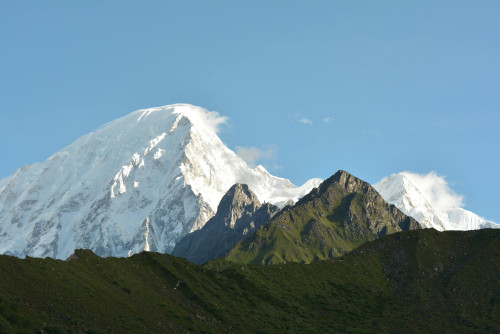
3rd Sep, 2025
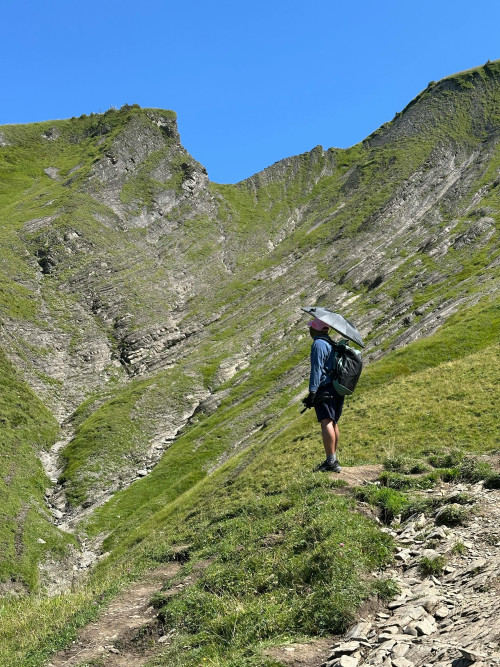
28th Aug, 2025
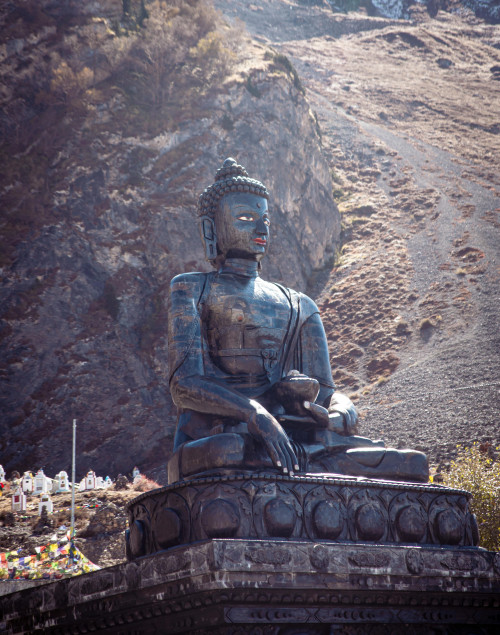
25th Aug, 2025

24th Aug, 2025
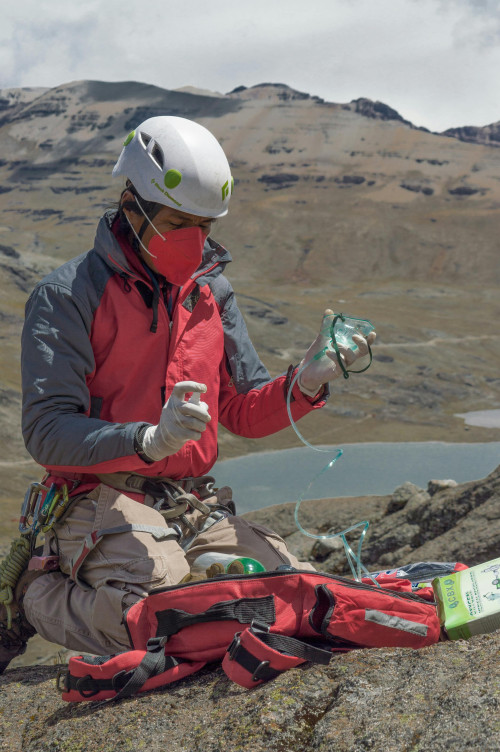
24th Aug, 2025

11th Aug, 2025
-1.jpg)
10th Aug, 2025

6th Aug, 2025
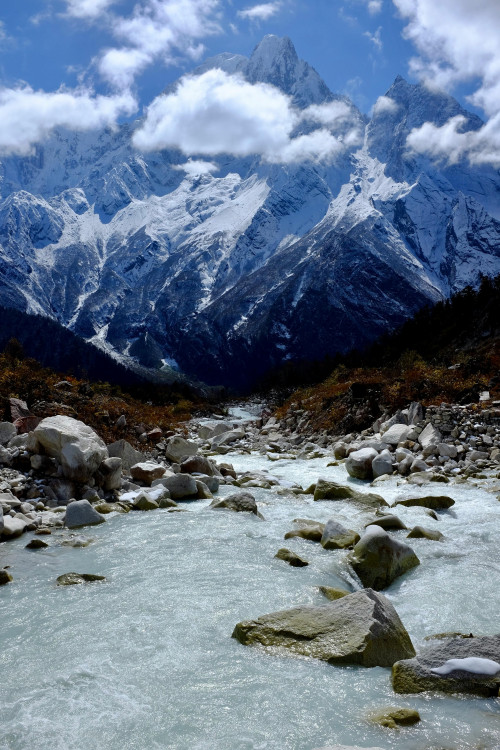
5th Aug, 2025



